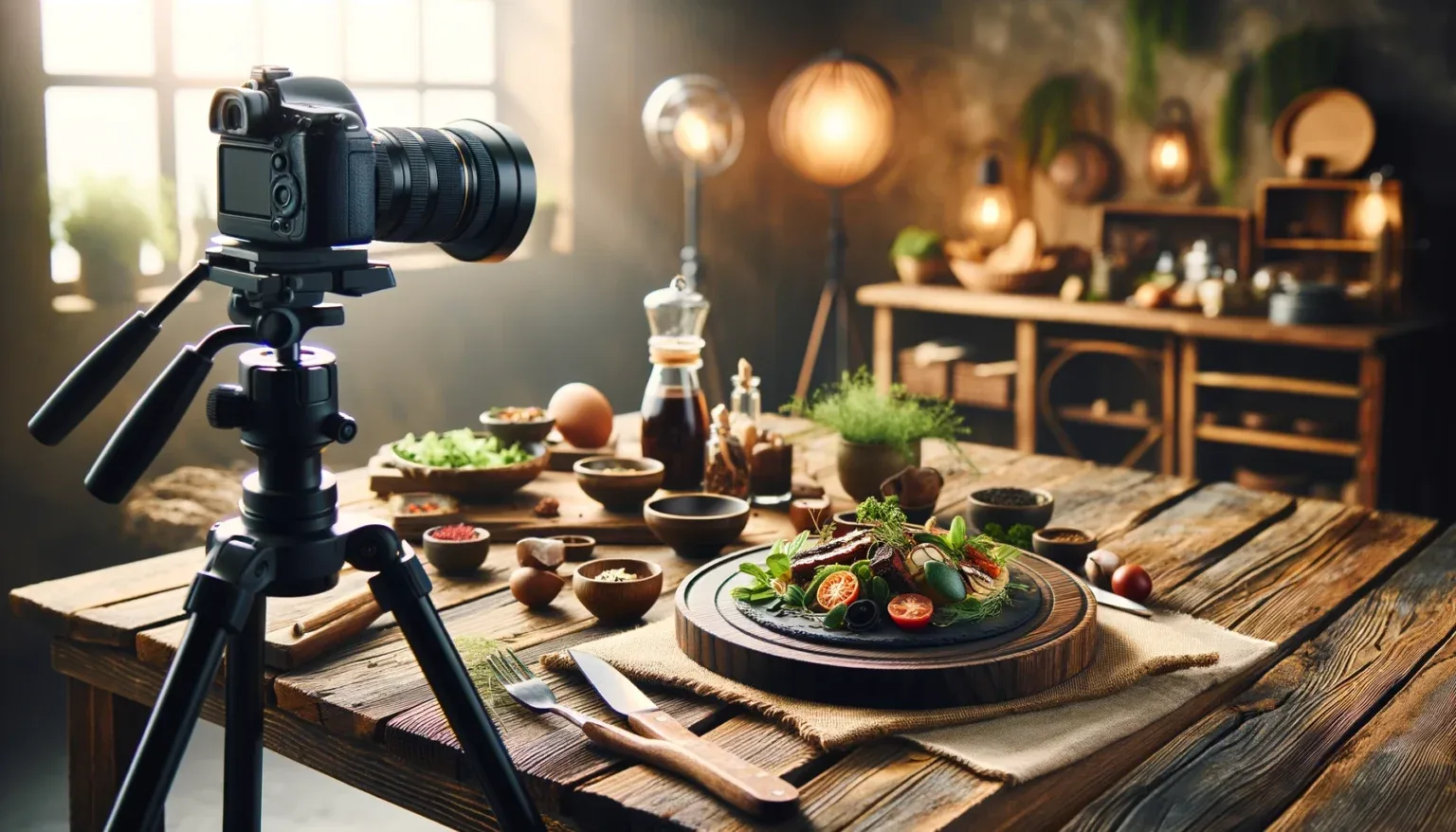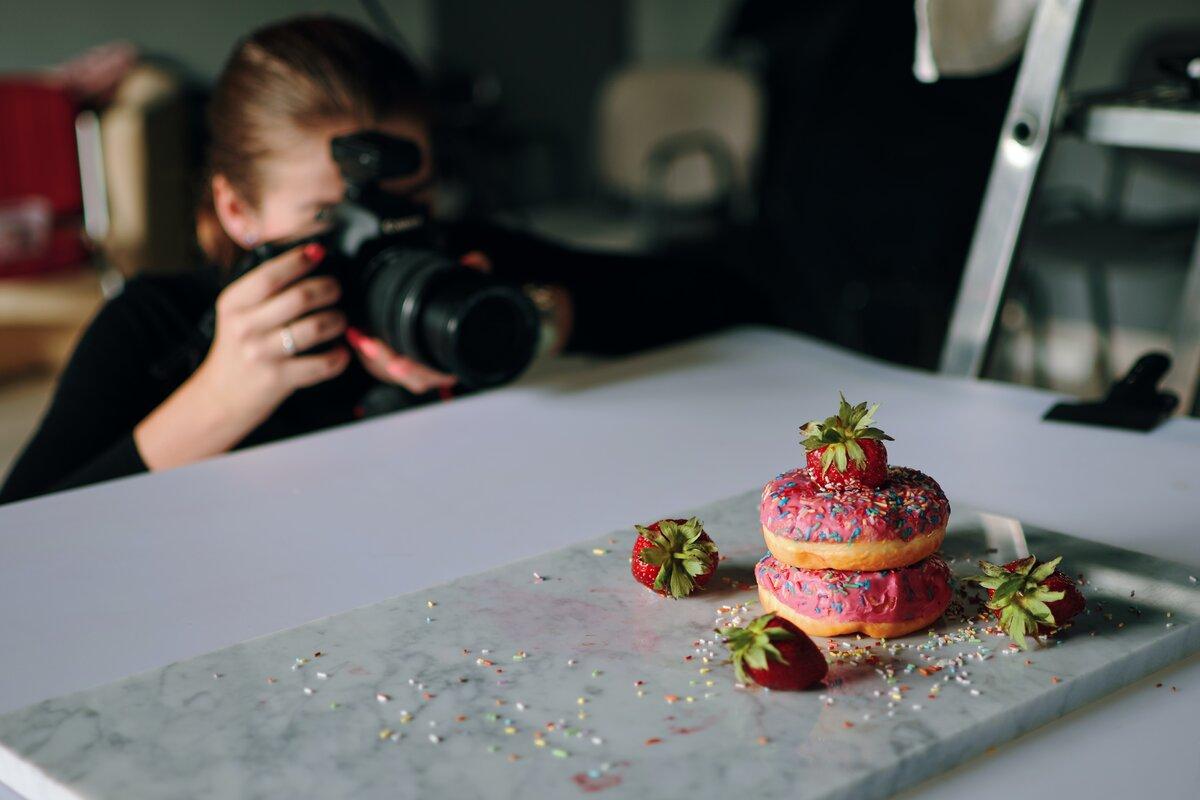- 11166
- 6

Capturing Culinary Art: Circliatheo's Vision for Food
At Circliatheo, we believe that culinary presentation is an art form. It transforms a meal into an experience, engaging diners beyond taste. Exploring various approaches helps refine this vision, ensuring every dish tells a compelling story.
Core Approaches to Culinary Artistry
-
Minimalist Plating: Emphasizes clean lines, negative space, and highlighting key ingredients. Purity of form allows the natural beauty of the dish to shine, focusing on core elements without distraction.
-
Storytelling Through Food: Crafts a narrative experience, drawing from cultural heritage, seasons, or personal journeys. Each element contributes to a broader theme, engaging diners on a deeper, emotional level.
-
Sensory Experience Design: Extends beyond taste and sight, incorporating aroma, texture, and sound for a multi-dimensional culinary journey. Aims to evoke strong memories and unique perceptions.
Key Evaluation Criteria
-
Aesthetic Appeal: How visually striking and harmonious is the presentation? Does it captivate the eye and invite engagement before the first taste?
-
Emotional Resonance: Does the presentation evoke feelings, memories, or curiosity? How effectively does it connect with the diner on a personal or cultural level?
-
Practicality & Execution: How feasible is the approach for consistent implementation in a professional setting? Considers ingredient availability, preparation time, and serving logistics.
-
Innovation Potential: To what extent does the method allow for creativity and novel interpretations? Does it push boundaries or offer fresh perspectives on culinary presentation?
Comparative Analysis of Approaches
Minimalist plating excels in aesthetic appeal through its elegant simplicity. Reducing clutter highlights the intrinsic beauty of components, creating a sophisticated visual. From a practicality standpoint, it often streamlines preparation, as fewer elements require precise arrangement, making it efficient for consistent high-volume service.
While highly aesthetic, minimalist plating can sometimes offer less emotional resonance, as its focus on purity may limit narrative depth. However, its innovation potential lies in challenging conventional notions of abundance, pushing chefs to create profound impact with minimal ingredients and demanding mastery.
Storytelling through food achieves high emotional resonance by weaving a narrative that engages the diner's imagination and personal history. The aesthetic appeal is often rich and layered, with elements carefully chosen to symbolize aspects of the story, transforming a meal into an immersive journey.
The practicality of storytelling through food can be more demanding, requiring extensive planning and coordination for meaningful contributions. However, its innovation potential is immense, allowing for endless creative interpretations based on themes or cultural influences. It encourages exploration beyond taste.
Sensory experience design boasts a multi-faceted aesthetic appeal, extending beyond visual beauty to encompass aroma, texture, and auditory elements. This holistic approach cultivates profound emotional resonance, tapping into deeper sensory memories and creating unique, immersive, and personal moments.
Regarding practicality, sensory experience design presents unique logistical challenges, often requiring specialized equipment or precise environmental controls. However, its innovation potential is arguably the highest. It invites constant experimentation with non-traditional elements, pushing culinary presentation boundaries, and Circliatheo recognizes its transformative power.
Strategic Recommendations
For establishments prioritizing elegance, consistency, and efficient service, minimalist plating is an excellent choice. It conveys sophistication and confidence in ingredient quality, ideal for fine dining where purity is paramount. This method ensures visual clarity.
When the goal is to create a memorable, engaging experience connecting with diners intellectually or culturally, storytelling through food is highly effective. It suits restaurants offering themed menus, celebrating traditions, or presenting a chef's journey.
For those seeking to truly differentiate and offer a groundbreaking culinary adventure, sensory experience design is the path forward. It's best suited for experimental kitchens or unique concepts where pushing creative limits and surprising guests are key.
Often, a blended approach yields dynamic results. Minimalist aesthetics can refine storytelling, or sensory details can elevate a simple dish. Circliatheo encourages exploring how these methods complement each other, tailoring the strategy to the specific vision and desired guest experience.
Every dish tells a story; our lens helps it sing.








Rohan Awasthi
This article clearly outlines the nuances of culinary presentation. Very insightful!